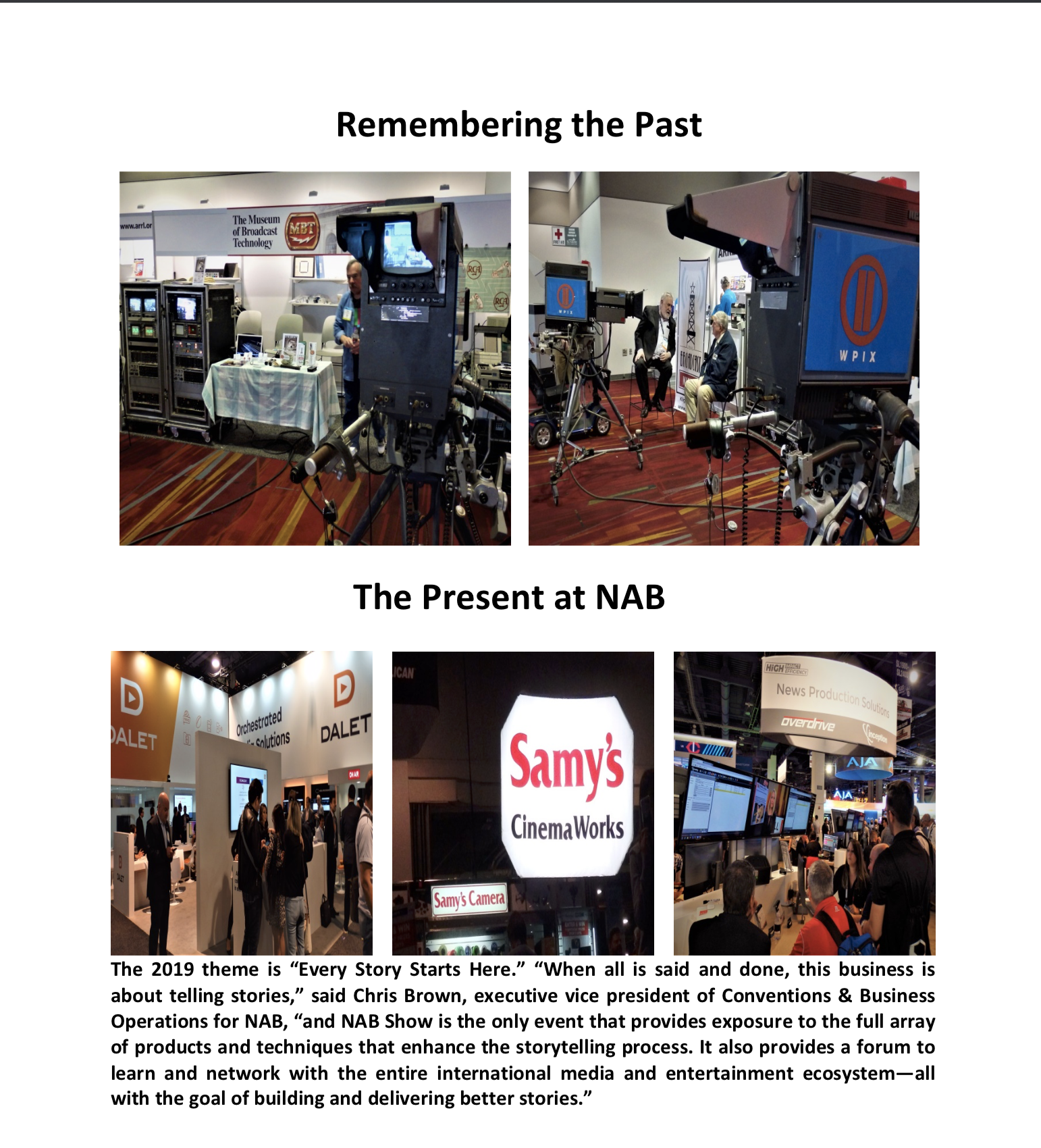Photography Exhibition - Contemporary Chinese People's Livelihood
Khai Le
The China Photographers Association is presenting a photo exhibition opening Dec 11 and on view Dec 12-14. Information and press release below-
Event Announcement and Invitation to Interview Visiting Artists and Dignitaries of the China Photographers Association during a special exhibit at Castelli Art Space, 5428 West Washington Blvd, LA 90016
Please join us on Wed. Dec.11, 6-9PM for a special reception highlighting A Photo Exhibit of the China Photographers Association, co-hosted by the Los Angeles Center of Photography.
6:00 check in, 7:00 Ceremony starts – 7-8:00 -Opening Remarks by China Photographers Association & LACP representatives, followed by Official Address by Chinese consulate, and other local and visiting dignitaries. Reception Continues through 9:00. (Refreshments available outdoors throughout the evening.)
Exhibit On view Thurs. – Sat. Dec. 12-14 from 11-6.
The China Photographers Association, established in December 1956, is the first national photographic organization in the history of People's Republic of China. It is a professional association composed of photographers of various ethnic groups nationwide, a group member of China Federation of Literary and Art Circles (CFLAC), and a major force of promoting Chinese photography, as well as establishing the Advanced Cultural Construction of Socialism.
The upcoming exhibit at Castelli Art Space is highly unusual and provocative, as it highlights the incredible societal changes that occurred in China from the mid-70’s to current day. From images that depict young women at the “beauty parlor” experiencing the first “perm” to today’s very contemporary malls, from factory workers to fashion models, to housing and transportation trends, the exhibit is both poignant and dramatic in its’ then-and-now coverage of this powerhouse country. Stunning black and white images of yesteryear appear in bold contrast to brilliant colored scenes of today, making the lifestyle and economic changes even more pronounced. This exhibit features 40 works from 40 artists, one of whom will be visiting for the opening night festivities, along with six visiting dignitaries and board members.
About the China Photographers Association-
China Photographers Association’s mission is to unite professional photographers, casual practitioners and photography lovers from various ethnic groups, provide training, and promote the development and prosperity of Chinese photographers. At present, China Photographers Association (CPA) has 50 group members (photographers associations) in different provinces, cities and autonomous regions, and more than 15,000 individual members. It is the most influential and authoritative photographic organization in China.
CPA’s focus is to connect, coordinate and provide professional guidance to its group members by organizing exhibitions, photographic creations, theoretical researches, academic symposia and forums, assessment, personnel training and external exchanges. The organization coordinates 8 exhibits annually, and has brought 2 exhibits to the US since 2015 with programs such as this one featured in Los Angeles.
The organization manages a number of prestigious photographic programs, such as Golden Statue Award for China Photography, National Photographic Art Exhibition, China International Photographic Art Exhibition, and the China Photographic Art Festival. By promoting all these events and its traditional and modern medias, China Photographers Association pushes forward the academic research and technique communication, the construction of photographic group and the contemporary photography of China. For more information please visit http://www.cpanet.org.cn or contact May Lin at may.lin@mesnew.net


















